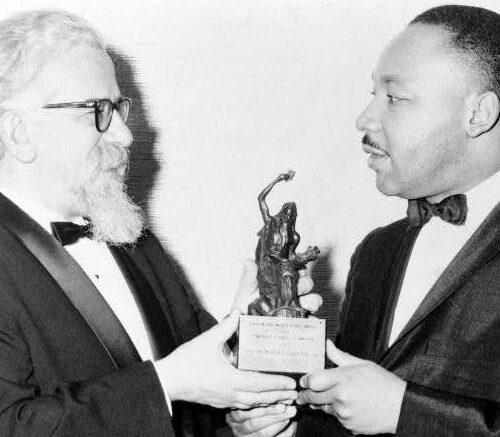Lessons
My Spirit Yearns for You: Jewish Connections to the Land of Israel

State standards
Results
Length: 60-120 minutes | Grades: 6-12 | Themes: home and homeland
Lesson Overview
For thousands of years, the Jewish people have maintained a deep and enduring connection to the Land of Israel and the city of Jerusalem, often referred to as Zion. This connection dates back to ancient times, when Jerusalem was home to the First and Second Temples, central places of Jewish worship and ritual life. Even after most Jews were exiled from the land by the Roman Empire in 70 CE, the bond to Israel never disappeared. Through rituals, poetry, and communal traditions, Jewish communities across the globe, including in the United States, have continued to express their connection to this ancestral homeland. Despite being spread out by time, geography, language, and culture, many Jews remain tied to the Land of Israel and Jerusalem through a shared sense of memory and longing.
In this lesson, students will explore that connection while also reflecting on a place that holds personal or cultural meaning for them. Working in small groups, they will engage with poetry, rituals, and statistics, each offering a different perspective on the relationship between the Jewish people and the Land of Israel.
Enduring Understanding
The Jewish people’s relationship to the Land of Israel is ancient and has been maintained for thousands of years, despite exile from this ancestral home.
Jewish people around the world and in the United States express their relationship to the Land of Israel through multiple rituals, acts of expression, and collectively shared attitudes and beliefs.
Essential Questions
Why do the Jewish people have a connection to the Land of Israel and the city of Jerusalem?
How have Jewish people described and enacted their relationship with the Land of Israel and the city of Jerusalem?
Learning Objectives
Students will be able to creatively express their own personal connection to a place of significance through dialogue with classmates and free-form writing.
Students will be able to articulate an understanding of the Jewish people’s relationship to the Land of Israel after collaboratively analyzing multiple types of sources.
Toolkit
-
My Spirit Yearns for You lesson plan
-
My Spirit Yearns for You slide deck
-
My Spirit Yearns for You statistics handout
-
My Spirit Yearns for You rituals handout
-
My Spirit Yearns for You poetry handout





